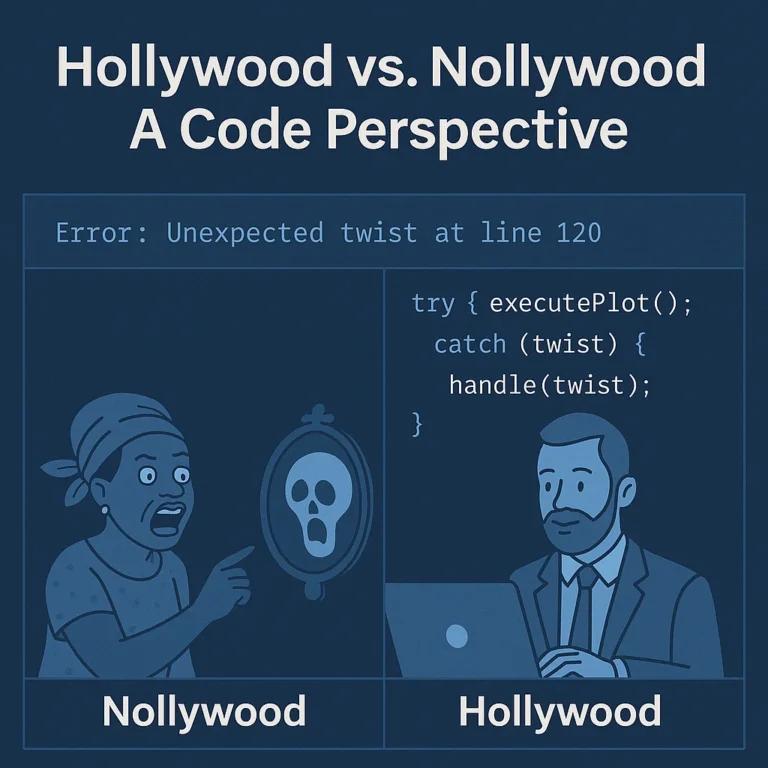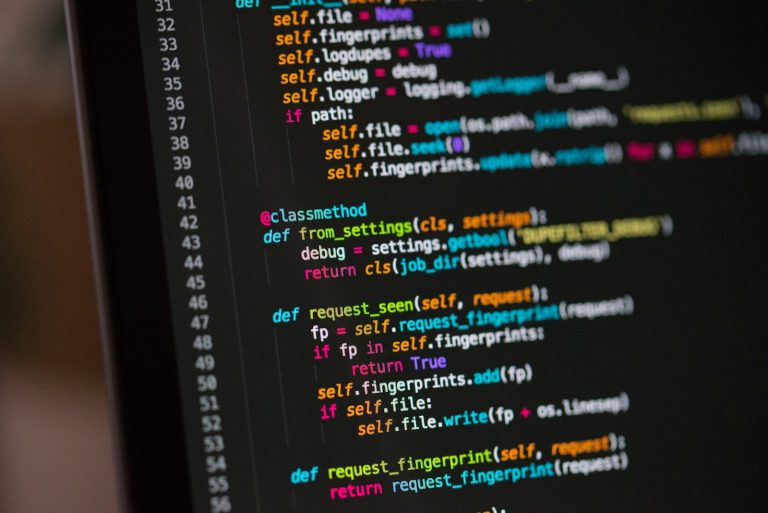Introduction
Choosing the first programming language is a crucial step for anyone venturing into the world of coding. With numerous languages available, each having its own merits and use cases, beginners often struggle to determine which one to learn first. Among the many options, Python stands out as the most suitable language for beginners. It offers a simple syntax, a vast ecosystem, strong community support, and practical applications across various fields. This article discusses why Python is the best first programming language and compares it with other popular languages.
The Case for Python
1. Simple and Readable Syntax
One of the biggest challenges new programmers face is understanding syntax and structure. Many languages have complex syntax that can be intimidating. Python, however, is designed to be human-readable and easy to learn. Its syntax is similar to natural language, making it accessible even for those without prior programming experience.
For example, a simple program to print “Hello, World!” in different languages:
Python:
print("Hello, World!")Java:
public class Main { public static void main(String[] args) { System.out.println("Hello, World!"); } }C++:
#include <iostream> using namespace std; int main() { cout << "Hello, World!" << endl; return 0; }
Python’s simplicity ensures that beginners can focus on learning fundamental programming concepts rather than struggling with syntax errors.
2. Versatility and Wide Applications
Python is a general-purpose language that is used in various fields, including web development, data science, artificial intelligence, machine learning, cybersecurity, automation, and scientific computing. Learning Python first allows beginners to explore multiple career paths without needing to switch languages.
3. Strong Community and Abundant Learning Resources
Python has one of the largest programming communities, offering extensive documentation, tutorials, and support forums. Whether a learner is using free online courses, books, or interactive coding platforms, they can find plenty of resources tailored to different learning styles. Websites like Codecademy, Coursera, and Udemy provide structured Python courses for beginners.
4. High Demand in the Job Market
Python is among the most in-demand programming languages in the job market. Companies such as Google, Facebook, and Netflix use Python for various applications. Learning Python first provides a competitive edge, as it opens doors to numerous career opportunities in tech-related fields.
5. Encourages Good Coding Practices
Python enforces indentation and readability, promoting clean coding habits from the beginning. Unlike languages that rely heavily on braces (e.g., Java, C++), Python uses whitespace indentation, making code more organized and readable.
6. Large Standard Library and Third-Party Modules
Python has an extensive standard library, which includes modules for handling databases, working with web requests, performing mathematical computations, and more. Additionally, there are thousands of third-party libraries available via the Python Package Index (PyPI), allowing developers to extend Python’s functionality easily.
7. Smooth Transition to Other Languages
Once beginners master Python, transitioning to other languages like Java, JavaScript, or C++ becomes easier. Python’s fundamental programming concepts are applicable across various languages, making it an excellent stepping stone for further learning.
Python vs. Other Languages: A Comparative Analysis
The following table highlights the key differences between Python and other common beginner-friendly programming languages:
| Feature | Python | Java | C++ | JavaScript | Ruby |
|---|---|---|---|---|---|
| Syntax | Simple, readable, uses indentation | Verbose, requires explicit syntax | Complex, requires manual memory management | Moderate complexity, primarily used for web development | Readable, similar to Python but less common |
| Learning Curve | Easy | Moderate | Difficult | Moderate | Easy |
| Execution | Interpreted | Compiled & JVM-based | Compiled | Interpreted | Interpreted |
| Application | General-purpose, AI, web, automation, data science | Enterprise applications, Android development | High-performance computing, game development | Web development, front-end scripting | Web development, scripting |
| Community Support | Extensive | Large | Large | Large | Moderate |
| Job Demand | High | High | High | High | Moderate |
Addressing Common Counterarguments
While Python is an excellent first programming language, some argue that starting with a lower-level language like C or C++ provides a better understanding of memory management and hardware interactions. However, these concepts can be difficult for beginners and often lead to frustration. Python allows learners to grasp essential programming concepts first and then delve into lower-level programming when necessary.
Another argument is that JavaScript should be the first language due to its role in web development. While JavaScript is essential for front-end development, its asynchronous nature and syntax can be confusing for beginners. Python provides a more structured learning path, making it a better starting point before transitioning to JavaScript.
By choosing Python as a first programming language, learners gain a strong foundation that facilitates growth in the ever-evolving field of technology.
Conclusion
Python is the best programming language for beginners due to its simplicity, readability, versatility, and strong community support. Its gentle learning curve allows new programmers to focus on core programming concepts without being overwhelmed by complex syntax. Moreover, its wide range of applications ensures that learners can explore various career paths without switching to another language. While other languages have their merits, Python’s accessibility and real-world usability make it the ideal choice for anyone starting their programming journey.
Start Learning Python Now
References
Guido van Rossum. (1991). “Python: A Programming Language.” Available at: https://www.python.org/
Python Software Foundation. “Why Python?” Available at: https://www.python.org/doc/essays/blurb/
Stack Overflow Developer Survey 2023. Available at: https://survey.stackoverflow.co/2023
Lutz, M. (2013). Learning Python, 5th Edition. O’Reilly Media.
- Downey, A. B. (2012). Think Python: How to Think Like a Computer Scientist. O’Reilly Media.



